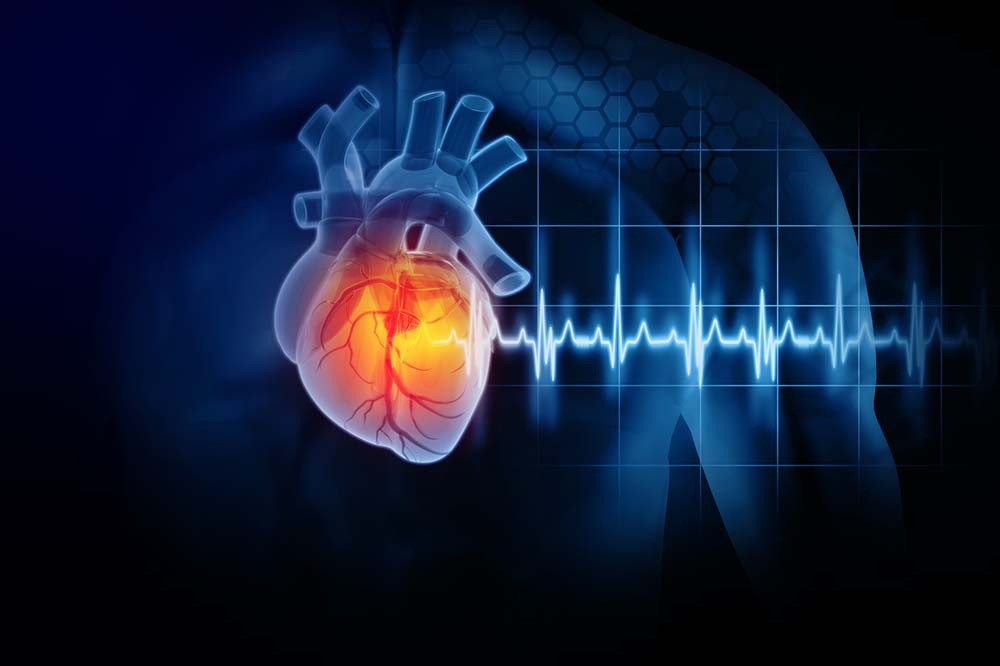During a sudden cardiac arrest (SCA), immediate action is crucial to improve the chances of survival. Here are the steps to take if you witness someone experiencing SCA:
-
Call Emergency Services:
- The first and most important step is to call emergency services or the local emergency number (e.g., 911 in the United States) immediately. Time is critical during SCA, and quick access to medical help is essential.
-
Initiate Cardiopulmonary Resuscitation (CPR):
- If you are trained in CPR, start chest compressions immediately. The American Heart Association recommends the following steps for CPR:
- Place the heel of one hand on the center of the person's chest, and place the other hand on top of the first hand.
- Position yourself directly over the person's chest and use your body weight to compress the chest about 2 inches deep at a rate of 100 to 120 compressions per minute.
- Continue chest compressions at this rate until emergency medical help arrives.
-
Use an Automated External Defibrillator (AED) if Available:
- If an AED is available, use it as soon as possible. AEDs are portable devices that can analyze the heart's rhythm and deliver an electric shock if necessary to restore a normal heartbeat.
- Follow the voice prompts provided by the AED and ensure that everyone is clear of the person before delivering the shock.
-
Follow Instructions from Emergency Dispatcher:
- If you called emergency services, follow any instructions or guidance provided by the dispatcher over the phone. They may provide additional guidance on performing CPR or using an AED.
-
Continue CPR Until Help Arrives:
- If you are performing CPR, continue chest compressions until emergency medical help arrives or until the person shows signs of responsiveness, such as breathing or movement.
-
Stay Calm and Reassure Others:
- Remain calm and reassure any bystanders or witnesses. Assign specific tasks, such as calling emergency services or fetching an AED, to bystanders to ensure an organized response.
-
Be Prepared to Provide Information:
- Be prepared to provide information to emergency medical responders, such as the person's age, any known medical conditions, and details about what happened leading up to the cardiac arrest.
It's important to note that time is critical during SCA, and prompt action can make a significant difference in the person's chances of survival. Even if you are not trained in CPR, performing chest compressions can help circulate blood and oxygen to vital organs until professional help arrives. Remember to stay calm, follow instructions from emergency dispatchers, and continue efforts until help arrives.
Thank you,

